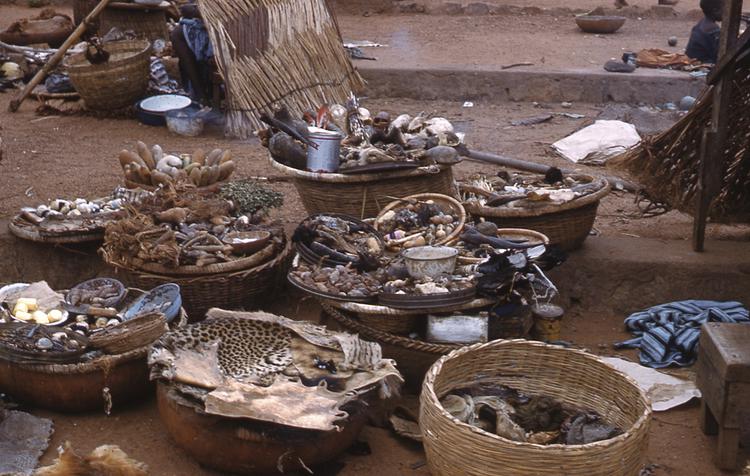
Community Commentary by Ajetunmobi within research project: 'Rethinking Relationships and Building Trust around African Collections' 2021
The picture shows medicine market in Oyo. The medicine market is largely traditional like it is in most African communities. The World Health Organisation reiterated in 2019 that eighty per cent of the people in Africa, Latin America and Asia use traditional medicine to meet their primary health care needs. Traditional medicine is a cultural gem of various Yoruba communities where all kinds of medications herbs, animal skin or precious stones like alum passed by the traditions, customs and belief system of a community are used to treat illnesses. Yoruba traditional medicine is a holistic health care system organized into three speciality levels, namely divination, herbalism, and Spiritism. The medicine markets as shown in the picture offer traditional healers, known as ‘babalawo/ onisegun/ adahunse’ in Yoruba language, the opportunity to get the materials needed for their works.
Traditional medicines, also called alternative medicines or phytomedicines refers to herbs, herbal materials, herbal preparations, and finished herbal products that contain whole plants, parts of plants, or other plant materials, including leaves, bark, berries, flowers, and roots, and their extracts as active ingredients intended for human therapeutic use or other benefits in humans and sometimes animals (Phua, Zosel & Heard, 2009). It also encompass several animal parts like ‘eyin awo’ (quail’s egg), ‘eyin oka’ (cobra’s teeth) and many more used for rituals towards achieving perfect health.
The traditional healer specializes in the use of traditional medicine to treat various ailments. Their role is so remarkable since it arises from a thorough knowledge of belief systems, indigenous plants' medicinal properties and the pharmaceutical steps necessary in turning such plants into drugs such as the selection, compounding, dosage, efficacy, and toxicity. In western Nigeria, and indeed Oyo particularly traditional medicine has enjoyed momentum before the arrival of mainstream (orthodox) medicine.



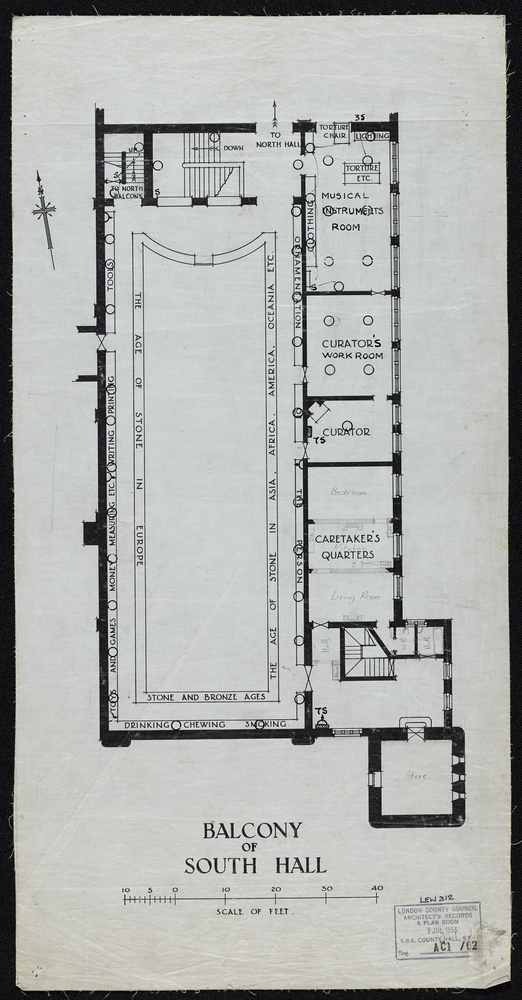
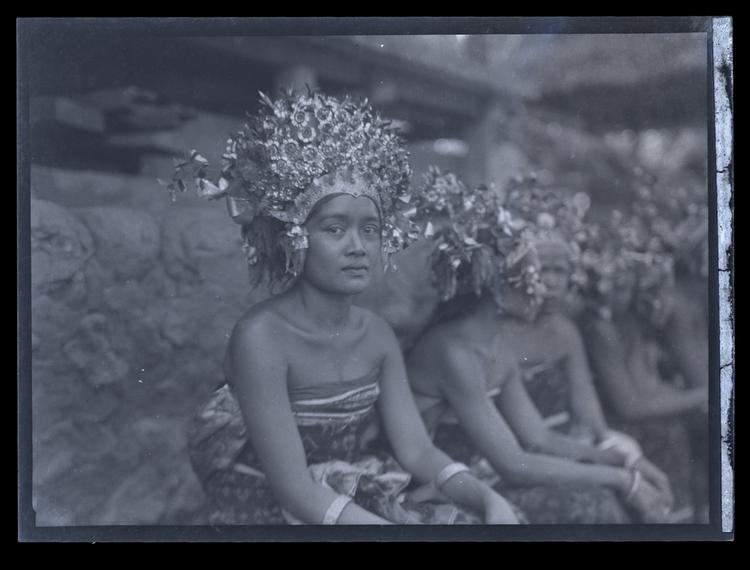
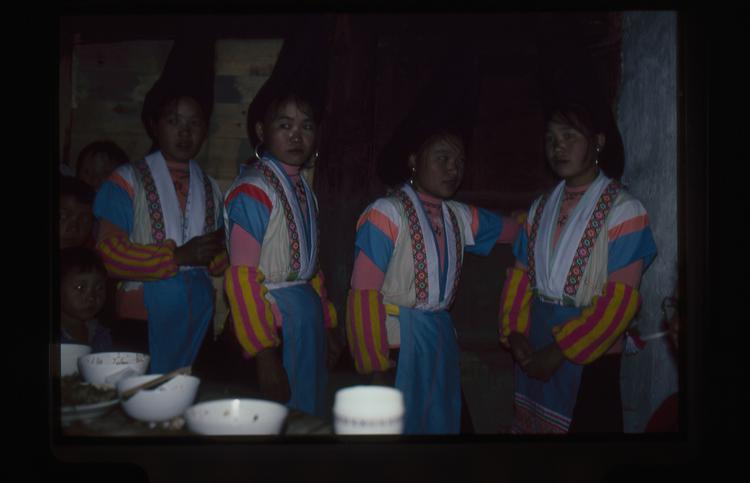
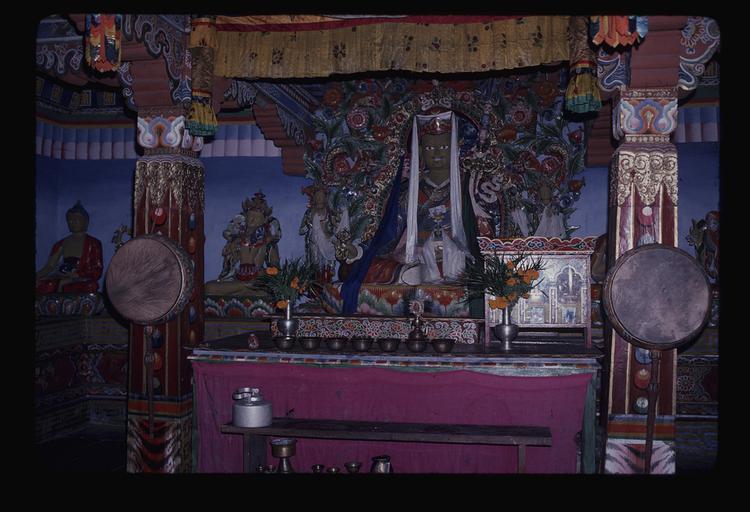
Community Commentary